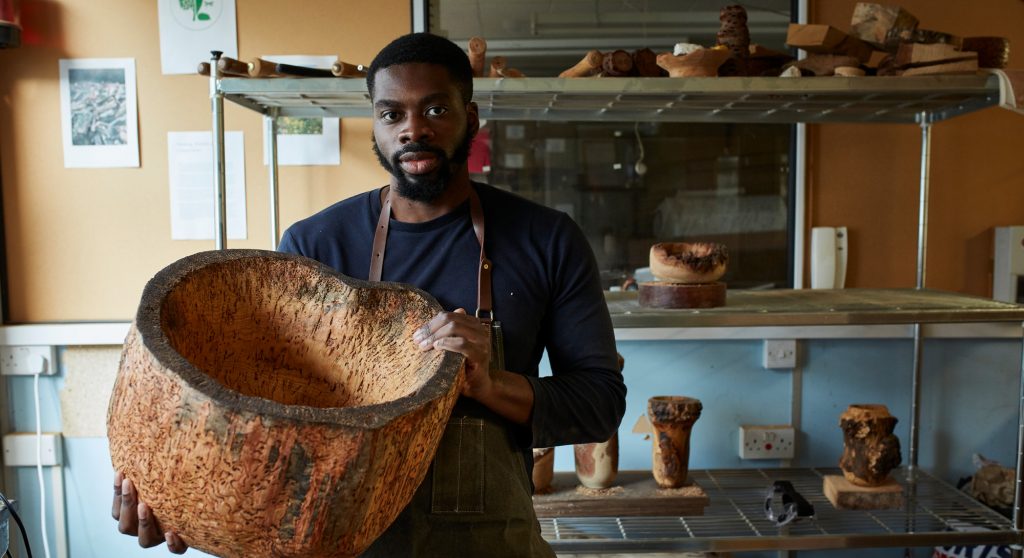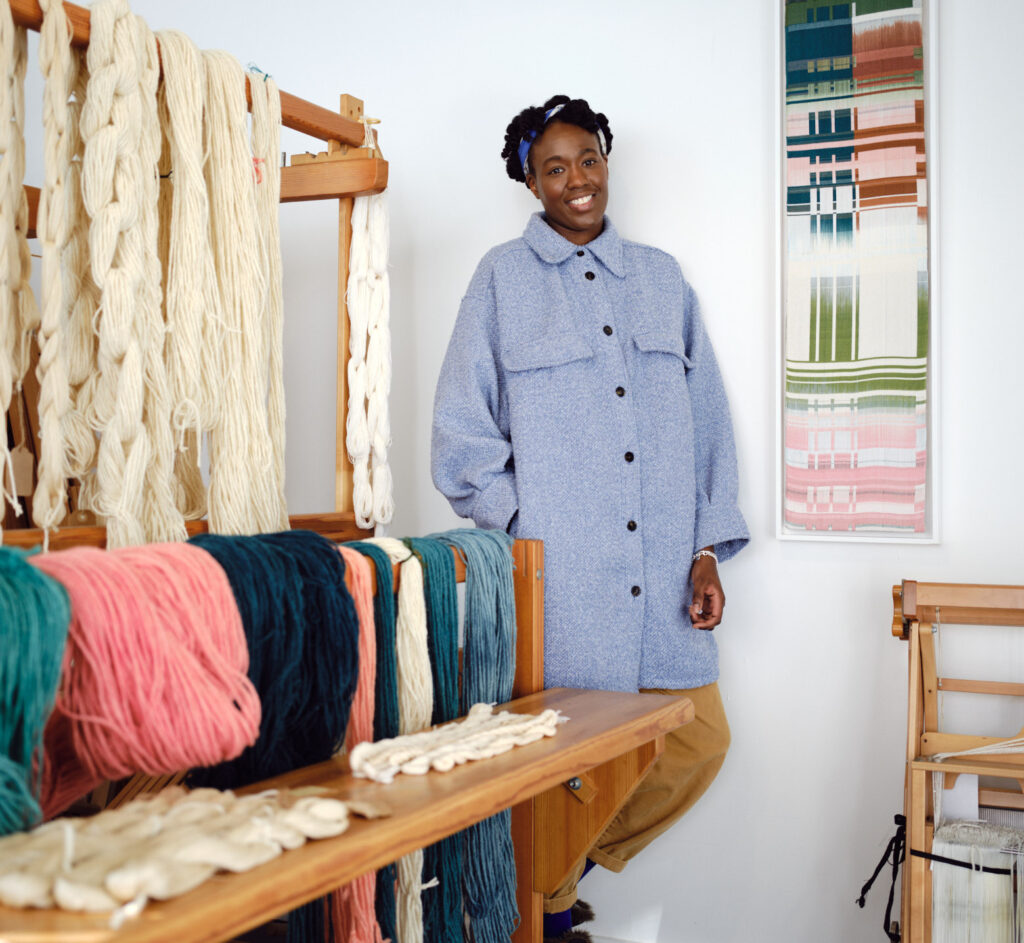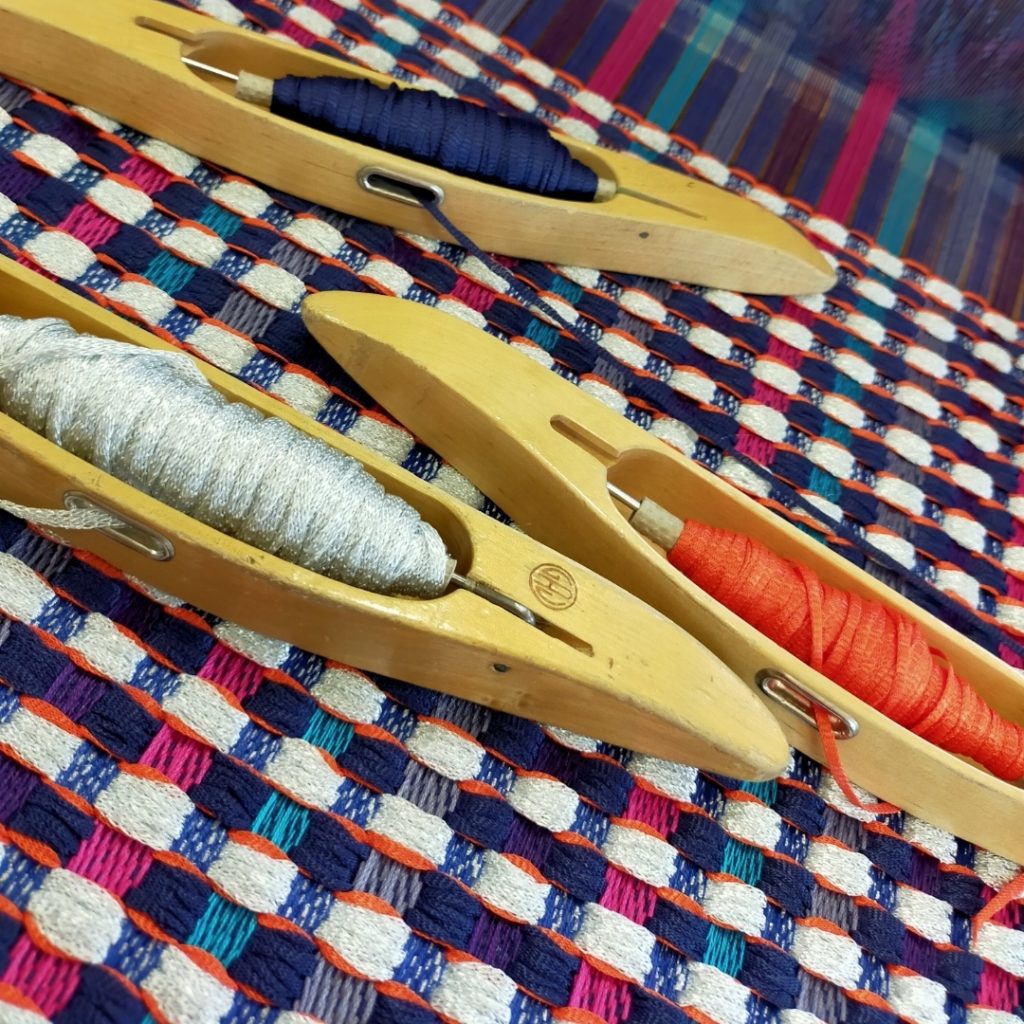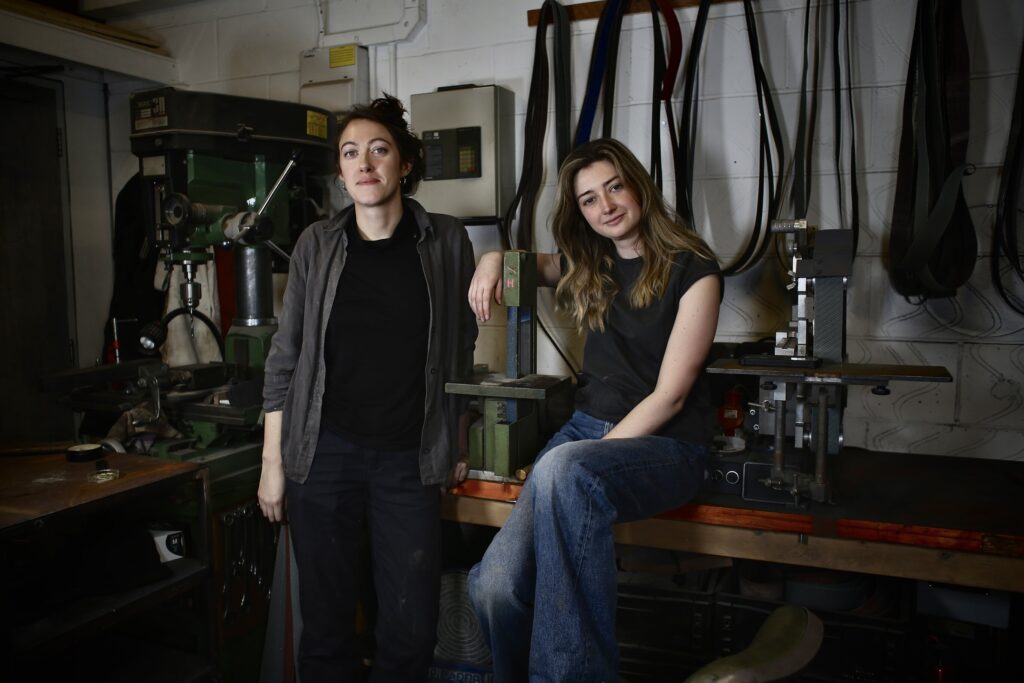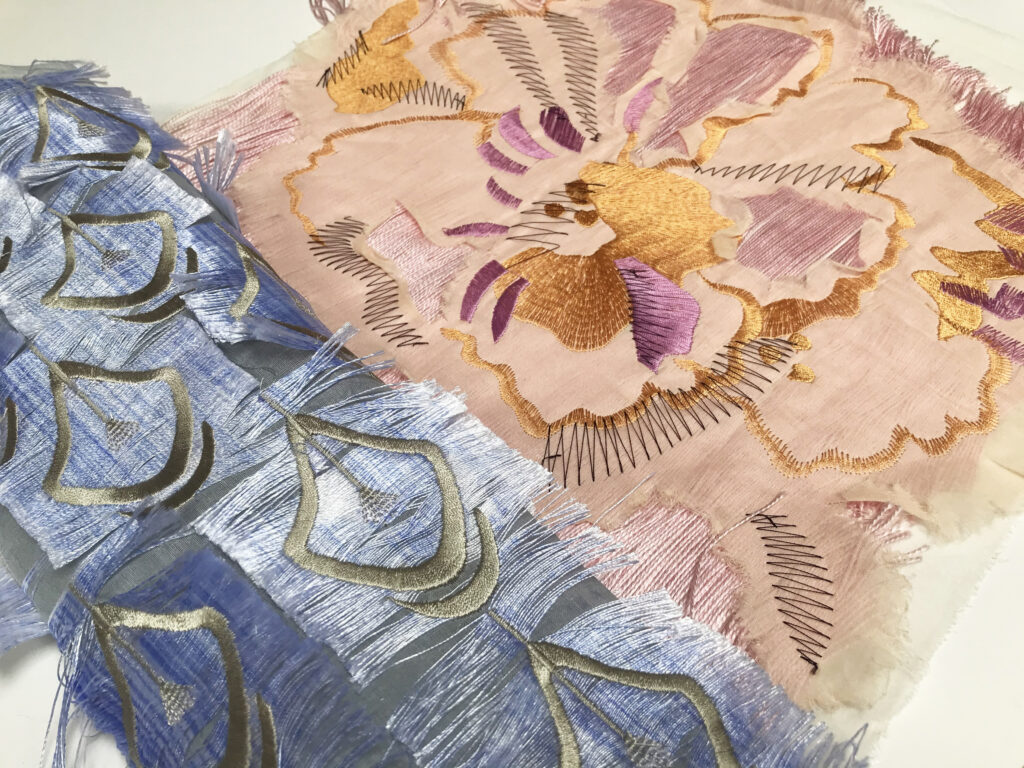We caught up with Darren Appiagyei in his studio at Cockpit Deptford. Born and raised in Lewisham, he took a circuitous route back to the area seven years ago and has since been featured in Forbes, and had work acquired by the Museum of Art and Design in New York. He tells us about his collaborative process with wood, and the importance of learning from failure. He is generously donating one of his vessels as a reward for our upcoming crowdfunding campaign to create the Deptford Craft Garden — for updates and a sneak peek of the rewards before they go live on 25th April, sign up here.
Tell us about your work & inspiration
My work is about the intrinsic beauty of the wood — a knot or crack, the layers and textures. I use a lathe to carve and hollow the wood, then I burn it with a pyrographic pen, drawing attention to existing curves and forms, enhancing certain features. It’s really a collaboration with the material, working into it, responding to it, revealing what’s there. It’s often just about knowing when to stop. I take it ‘wood by wood’ so currently working with Chestnut, next maybe Cherry wood. I just put it on the lathe and see what happens.
My family are from Ghana. I visited for the first time in 2019, and saw patterns, textures, use of colour that really inspired my work. It’s raw, in a really appealing way. I didn’t realise it at the time, but that all had a big influence on my work after that. In that sense my work is quite unlike other wood turners, who often focus on form and a polished finish.
Where do you source your materials from?
I get my wood from a farm in Shooters Hill, where tree surgeons take their offcuts — it’s like a treasure trove for me. Certain woods might speak to me, but sometimes there is nothing. I go every couple of weeks or month, sometimes I collect so much I don’t need to go back for a while. But as I’ve developed my practice, I’ve got better at knowing what I want. This means the woods I’m using are all from my local environment, from trees growing in and around South London. Unlike the Banksia nut.
What’s the Banksia nut?
It’s a wild flower from Australia, named after the botanist Joseph Banks who discovered it. I came across it at a timber merchant when I was at uni. I turned up with a list of woods I wanted and they didn’t have any of them, but the Banksia nut was gathering dust and they fooled me into buying it. Which I’m thankful for now of course. I fell in love with it when I started working with it, and it was those pieces that really helped me build a name for myself. I still have a lot of interest in these now, but it’s from Australia, and all those air miles don’t sit well with my values. I plan to use up what I have, but not source more after that. It’s kind of like that was my first album, and now I’m on my third album — I need to keep that buzz but also keep on elevating it, and doing new things.
How did you get into wood turning?
I discovered it very much by chance at uni, and I fell in love with it. I didn’t care that it was niche, or that I was young to be doing it, it just made sense, I gravitated towards it. I was studying 3D Design at Camberwell and a lot of people on my course seemed to have family that worked in design, and already quite advanced skills that I lacked. So I struggled a bit. But I overcame that by focusing on the process, diving in deep and just learning from my failures. It’s funny because now most of the other people from that course aren’t making anymore. I think in the long-run my approach took me further. And that’s partly thanks to me having no set expectations, I just wanted to make, that’s all. That’s the mindset I want to continue to have. And now I realise those moments weren’t really failures at all, just part of the journey and I’m happy I stuck with it. It’s always about asking yourself ‘What can I learn? How can I develop?’
Then at my degree show, the dean of Chelsea School of Art bought one of my pieces. At that stage I hadn’t even worked out my pricing, so I only charged £55 for it. But having her pick out my work made me start to entertain the idea that this could be something.
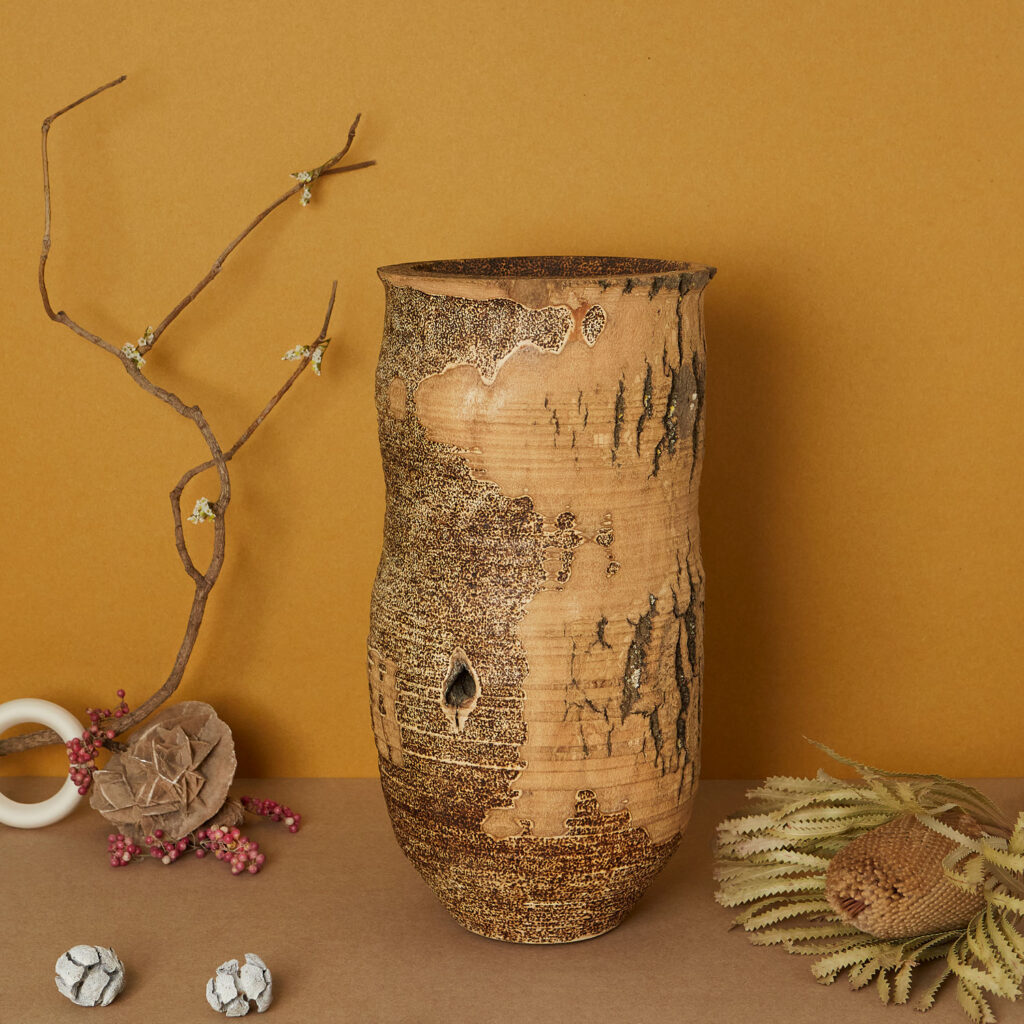
So how did you find your way to Cockpit?
By the time I finished uni, I had such a passion for wood-turning. But it’s so expensive to get set up — the equipment and the space, I didn’t have that kind of finance. For a while I found a few places around London where I could get access to a lathe, but not a space of my own.
I lived just round the corner from Cockpit Deptford, where I now have a studio. And on the way home from a night out I wandered past and was curious, so I looked it up online and found out there were
funded studio spaces I could apply for. It turned out
there was one specifically for turners, so I applied and was lucky enough to get a place. The moment I got my studio space at Cockpit I thought “This actually could be something.” Then seeing myself alongside
Eleanor Lakelin, I started to believe in the potential of this journey, if I apply myself in the right way. It’s an inspiration to see where she’s taken it, and that I’m on the same award as her.
What would you like to be your legacy in the world of craft?
I don’t see myself as anything special, but I think it’s good that people know me, specially people from own background (Black African or Caribbean). Growing up I never saw anyone from my background doing something creative with wood — if they were in a creative career, it would be music or drawing, maybe furniture, but even that I didn’t see much.
I like the thought of kids seeing me doing what I do, but it’s important to reach the parents too. Especially if you’re first generation here, they want you to be able to life a live they couldn’t, and honestly it’s not the easiest route, so persuading them it’s a good idea can be hard. Parents worry it’s too risky — not like studying medicine, with all the financial stability that brings. I would like that to be my legacy — to show the parents and the kids that you can be a success in a craft-based practice. That’s why the accolades are important, to show the value of this kind of career.
—
Darren is generously donating one of his vessels as a reward in our upcoming crowdfunding campaign, which launches on 25th April 2023, on Art Happens. Register your interest to receive updates about the campaign launch and a sneak preview of rewards.
Applications are open now for
The Turner’s Award, which is open to a craftsperson working on the lathe with wood or other materials. It is generously funded by The Worshipful Company of Turners and was the route into Cockpit for Darren Appiagyei and Eleanor Lakelin. Applications close on 11th April 2023 for studio placements starting in September 2023. For details and to apply,
click here.
